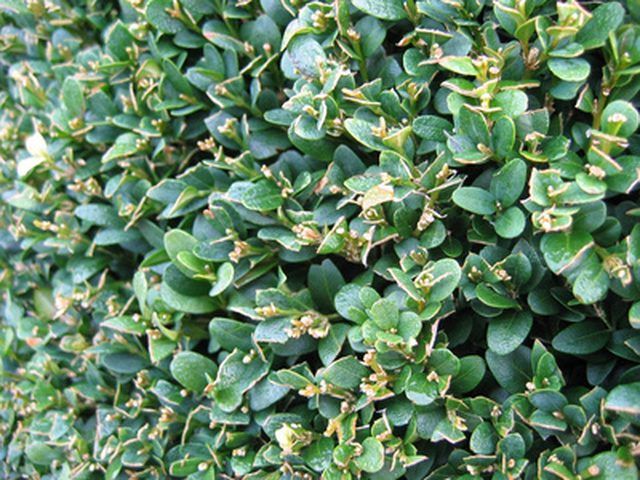Bulbs
Flower Basics
Flower Beds & Specialty Gardens
Flower Garden
Garden Furniture
Garden Gnomes
Garden Seeds
Garden Sheds
Garden Statues
Garden Tools & Supplies
Gardening Basics
Green & Organic
Groundcovers & Vines
Growing Annuals
Growing Basil
Growing Beans
Growing Berries
Growing Blueberries
Growing Cactus
Growing Corn
Growing Cotton
Growing Edibles
Growing Flowers
Growing Garlic
Growing Grapes
Growing Grass
Growing Herbs
Growing Jasmine
Growing Mint
Growing Mushrooms
Orchids
Growing Peanuts
Growing Perennials
Growing Plants
Growing Rosemary
Growing Roses
Growing Strawberries
Growing Sunflowers
Growing Thyme
Growing Tomatoes
Growing Tulips
Growing Vegetables
Herb Basics
Herb Garden
Indoor Growing
Landscaping Basics
Landscaping Patios
Landscaping Plants
Landscaping Shrubs
Landscaping Trees
Landscaping Walks & Pathways
Lawn Basics
Lawn Maintenance
Lawn Mowers
Lawn Ornaments
Lawn Planting
Lawn Tools
Outdoor Growing
Overall Landscape Planning
Pests, Weeds & Problems
Plant Basics
Rock Garden
Rose Garden
Shrubs
Soil
Specialty Gardens
Trees
Vegetable Garden
Yard Maintenance
How to Grow a Privacy Hedge in South Florida
How to Grow a Privacy Hedge in South Florida. A hedge is a group of shrubs planted close enough together to make an impenetrable border. Hedges are used in South Florida to designate a property line or a border in the garden. They are left to grow into natural shapes, that may be of any size depending on the type of shrub used, or pruned into a...

A hedge is a group of shrubs planted close enough together to make an impenetrable border. Hedges are used in South Florida to designate a property line or a border in the garden. They are left to grow into natural shapes, that may be of any size depending on the type of shrub used, or pruned into a uniform shape to create a sense of order in the landscape. Some shrubs tolerate severe pruning better than others. If you are planning to grow a privacy hedge in South Florida, follow a few simple rules for success.
Things You'll Need
Shrubs
Shovel
Mulch
Hand shears
String
Stakes
Designate the place where your privacy hedge will be planted. Decide how high the privacy hedge needs to be to provide privacy. Keep in mind the amount of shade your privacy hedge may create on a neighbor's property or garden. Excessive shade may cause a neighbor to complain if it causes his lawn or garden to grow poorly. Also, notice the amount of shade where your privacy hedge is growing and how many hours of sunlight and shade the area experiences each day.
Choose a native shrub or shrub recommended by your local county agricultural extension office. It is important to choose shrubs for a privacy hedge that are adapted to the soil and climate conditions of South Florida, as well as the amount of sunlight provided by the planting location. Choosing shrubs that need more or less moisture than is naturally provided by average rainfall or need soil amendments is costly in the long run.
Buy small shrubs in 1- to 3-gallon containers so you can train them early, before they get large.
Designate the area where the shrubs are located by tying a sting between two stakes. This is so the shrubs are planted in a straight line or other required position.
Clear the area where the shrubs will be planted of all grasses and weeds that compete for moisture and nutrients with the new shrubs. Use a shovel, hoe or other garden tool to clear the weeds and grasses.
Plant the shrubs in the designated area at the same depth they are planted in the containers. Add water to the soil as they are planted to prevent air pockets from forming and create a good seal of soil around the roots.
Cut the shrubs back to within 4 inches from the ground with a hand-held pruning device after they are all planted. This forces all the shrubs to set out leaves from the bottom of the plants creating privacy from the ground up. Also, all the shrubs will begin growing at the same level.
Ongoing pruning depends on the type of shrub planted. Keep in mind, in any pruning program, the bottom of the shrub must be left slightly wider than the top so sunlight can reach the lower limbs. Otherwise, the bottom of the shrubs becomes woody and leafless from lack of sunlight.
Add a 1- to 2-inch layer of mulch around the root base of the shrubs to conserve moisture, prevent weeds and create a professional look.
Provide supplemental moisture to the shrubs the first growing season and when the weather is unusually dry.